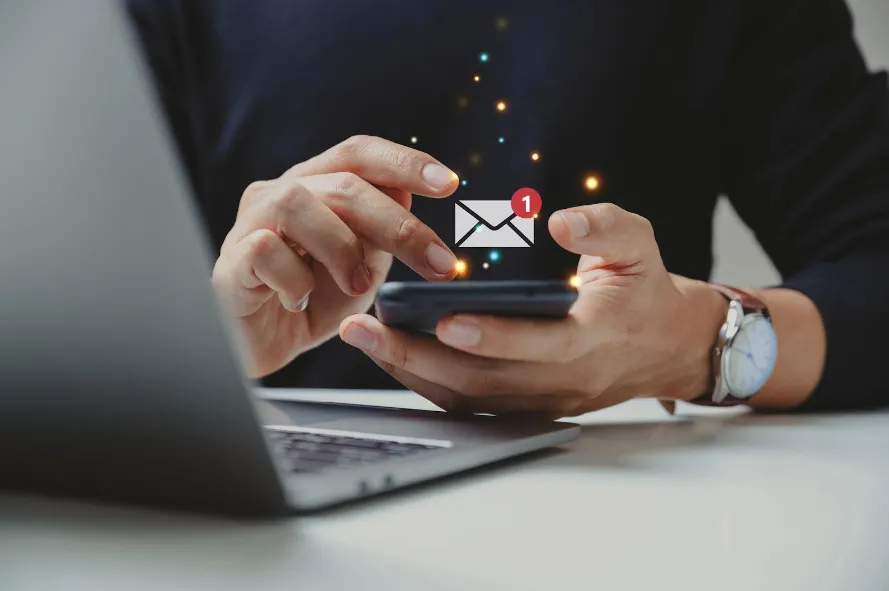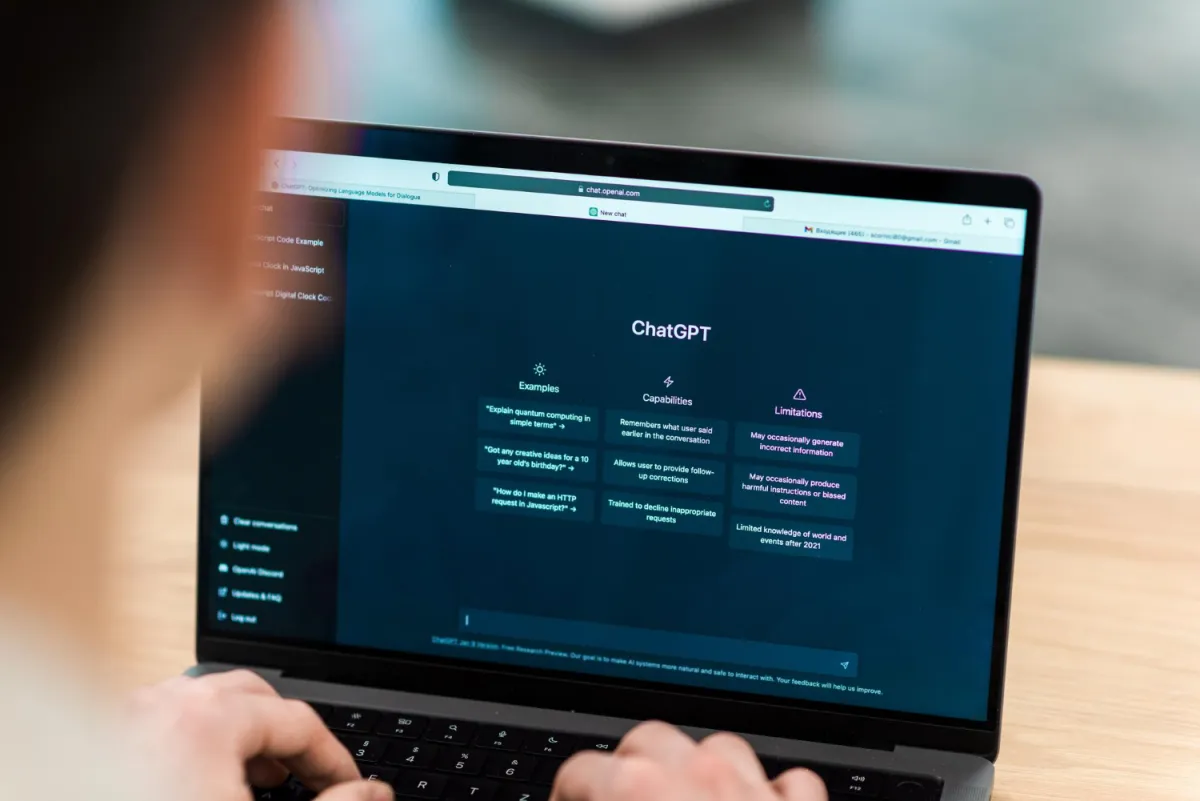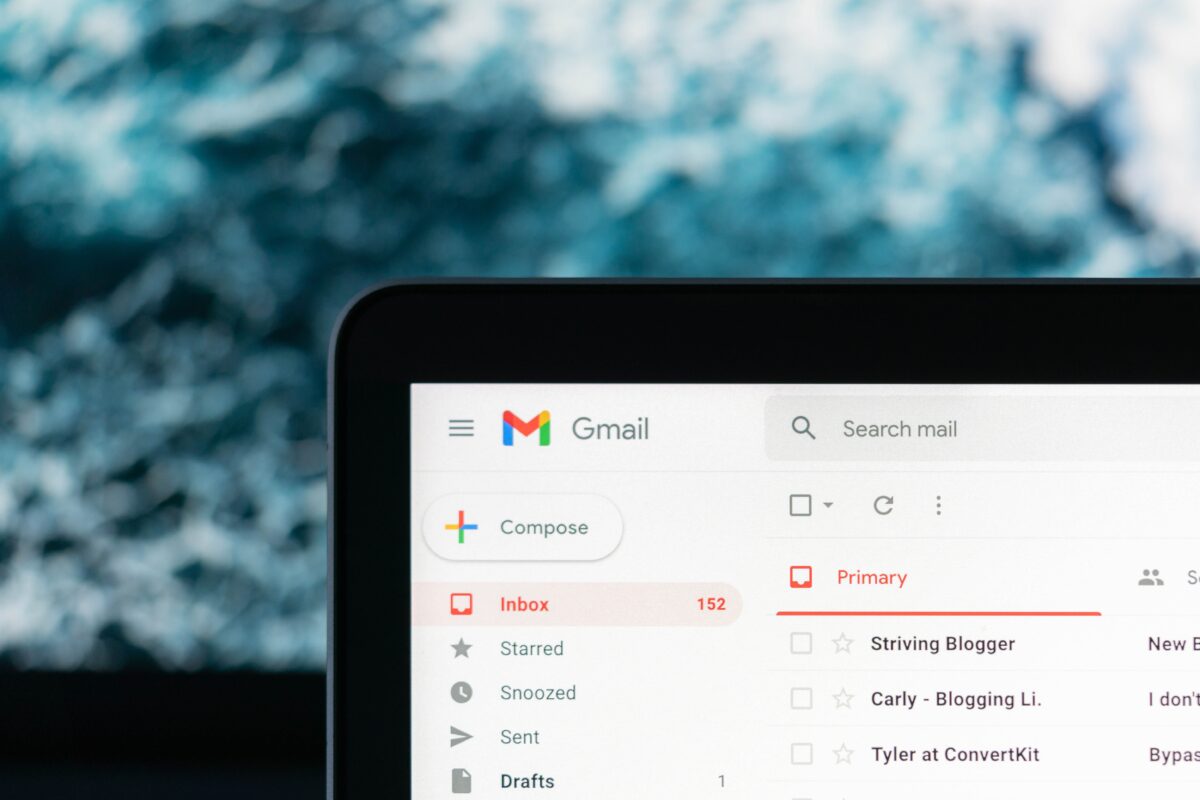Resending emails is a powerful yet often underutilized strategy to boost open rates, increase engagement, and ensure your message reaches your audience. However, the key to success lies in knowing when to resend, how to optimize the content, and how to segment your audience effectively. … Continue reading “Resending email: How to maximize engagement with follow-ups”
Webinar email sequence: How to engage attendees before, during, and after
A well-planned webinar email sequence is essential for maximizing attendance, engagement, and post-event conversions. By strategically crafting emails before, during, and after the webinar, you can ensure your audience stays informed and motivated. In this guide, we’ll walk you through each stage of a successful … Continue reading “Webinar email sequence: How to engage attendees before, during, and after”
Welcome email examples: Inspiring first impressions that convert
A well-crafted welcome email is the foundation of a strong customer relationship. It’s your first opportunity to engage new subscribers, build trust, and guide them toward conversion. In this article, we’ll showcase impactful welcome email examples that leverage personalization, compelling storytelling, and clear calls to … Continue reading “Welcome email examples: Inspiring first impressions that convert”
Welcome email series: Nurturing subscribers for long-term engagement
A well-crafted welcome email series is essential for building strong relationships with new subscribers. This series sets the tone for future interactions, nurtures leads, and guides them through their customer journey. By optimizing timing, content, and engagement strategies, businesses can increase customer retention and drive … Continue reading “Welcome email series: Nurturing subscribers for long-term engagement”
HTML email clipping limits across different mailbox providers
When designing and coding HTML emails, one of the biggest challenges marketers face is email clipping—where a mailbox provider truncates an email, requiring the recipient to click “View entire message” or “Read more” to see the full content. Understanding these clipping limits can help optimize … Continue reading “HTML email clipping limits across different mailbox providers”
What is a reactivation email?
A reactivation email is a targeted communication sent to re-engage inactive subscribers or customers. Whether someone hasn’t opened your emails in months or hasn’t purchased in a while, reactivation emails aim to reignite their interest and restore their engagement with your brand. These emails are … Continue reading “What is a reactivation email?”
7 Tips for Effective Email Design
Email design is not just about making messages look good—it’s about creating experiences that engage, captivate, and convert. To this day, marketing emails remain one of the most effective tools for businesses that want to reach a vast audience. Four out of five marketers say that they … Continue reading “7 Tips for Effective Email Design”
5 actionable strategies to build an email list from scratch (with examples)
If you’re serious about growing your business, building a strong email list is a no-brainer. Email marketing generates an average of $42 for every $1 spent. That’s the kind of ROI other marketing channels can only dream of. Plus, with 90 percent of Americans subscribed … Continue reading “5 actionable strategies to build an email list from scratch (with examples)”
Mastering email marketing: A comprehensive strategy guide
Email marketing remains one of the most effective ways to engage with your audience, nurture leads, and drive conversions. However, to maximize its potential, you need a well-defined strategy. Here’s a comprehensive guide to mastering email marketing. Define your goals Before diving into the tactics, … Continue reading “Mastering email marketing: A comprehensive strategy guide”
Email outreach vs. marketing email: Understanding the differences and when to use each
Email has become a vital tool in the digital marketing toolkit, used for everything from nurturing leads to closing sales and engaging with customers. However, not all emails are created equal. Two of the most commonly used strategies are email outreach and marketing emails, each … Continue reading “Email outreach vs. marketing email: Understanding the differences and when to use each”
How franchises can use AI in email marketing
Introduction Email marketing is a powerful way for franchises to connect with customers and build loyalty. However, maintaining a consistent and personalized approach across different locations can be challenging. This is where AI steps in—helping franchises automate, scale, and enhance their email marketing efforts to … Continue reading “How franchises can use AI in email marketing”
How to create a custom GPT for email marketing campaigns
Why custom GPTs are game-changers for email marketing Email marketing can be both a powerful growth tool and a significant challenge. You want your emails to engage, inspire, and ultimately drive customers to action—but creating content that consistently hits these goals takes a lot of … Continue reading “How to create a custom GPT for email marketing campaigns”
How to use ChatGPT for email campaigns to save time and boost performance
Introduction Imagine you’re stuck finding the right words for your next email campaign. You know how crucial this email is to capture attention, spark interest, and drive conversions. We’ve all been there. Now imagine having an AI assistant by your side, ready to spark creativity, … Continue reading “How to use ChatGPT for email campaigns to save time and boost performance”
7 expert tips for crafting irresistible Cyber Monday emails
As Cyber Monday approaches, the digital marketplace is poised for a frenzy of activity. This is the time when businesses can capitalize on the heightened consumer interest by sending out compelling Cyber Monday emails that drive traffic and conversions. Black Friday 2023 saw an average … Continue reading “7 expert tips for crafting irresistible Cyber Monday emails”
10 email capture tips to build a robust subscriber list
Introduction The foundation of any successful email marketing strategy is a strong, engaged subscriber list. But building that list isn’t just about collecting as many email addresses as possible—it’s about using effective email capture tips to attract quality leads who are genuinely interested in your … Continue reading “10 email capture tips to build a robust subscriber list”
Unveiling the power of email advertising: Why it’s still the champion of digital marketing
In a digital world filled with tweets, snaps, and likes, one marketing strategy stands tall, proving its enduring effectiveness: email advertising. Despite the evolving landscape of digital marketing, email remains a powerhouse, delivering unmatched ROI and fostering lasting connections with customers. In this article, we’ll … Continue reading “Unveiling the power of email advertising: Why it’s still the champion of digital marketing”
Mastering the art of email blast: A comprehensive guide
Email marketing remains one of the most effective and reliable strategies for businesses to reach their audience. Among the various email marketing techniques, the email blast stands out as a powerful tool for broadcasting messages to a large number of recipients simultaneously. Whether you’re promoting … Continue reading “Mastering the art of email blast: A comprehensive guide”
5 tips for automated email follow-ups that lead to conversions
Many digital marketing conversations focus on generating leads, but what are you doing once you have them? Think automated email follow-ups. If you’re emailing manually, consider that the average email response rate (which can vary widely) can be about 5 percent. So, when sending 100 … Continue reading “5 tips for automated email follow-ups that lead to conversions”
8 ways AI can be used in email marketing
The Future of AI in Email Marketing Is Here Whether you’ve tried ChatGPT, DALL-E2, or something else, artificial intelligence is transforming email marketing in numerous ways. In this guide, ‘8 Ways AI Can Be Used in Email Marketing,’ we explore how AI can optimize, improve, … Continue reading “8 ways AI can be used in email marketing”
Effective email marketing: 6 essential tips for A/B testing subject lines
A/B testing, otherwise known as split testing, can help you determine the email subject lines that are more likely to engage your target audience. Simply put, the A/B testing process of sending two versions of an email to two similar but separate audiences. And, of … Continue reading “Effective email marketing: 6 essential tips for A/B testing subject lines”
6 tips to boost brand awareness with email marketing
In a digital world where a brand’s visibility can make or break its success, building strong brand awareness has become a non-negotiable part of any effective marketing strategy. Yet, amidst the noise of social media campaigns and influencer partnerships, one tool often flies under the … Continue reading “6 tips to boost brand awareness with email marketing”
Personalized email marketing: 6 benefits for marketing campaigns
Personalized email marketing is a powerful way to drive better outcomes from your campaigns. In the past, email marketing was often a one-size-fits-all approach with mass messaging. Now, email marketing focuses more on: Relevant content Segmentation Personalization These changes ensure the right message reaches the … Continue reading “Personalized email marketing: 6 benefits for marketing campaigns”
10 ways to create email marketing campaigns that convert
Email marketing campaigns are still one of the most effective tools in your digital marketing toolkit. For every dollar you spend on email marketing, you can expect an average return of $40. In addition, email is the main driver of customer retention and acquisition for … Continue reading “10 ways to create email marketing campaigns that convert”
Email marketing Do’s and Don’ts – 11 Strategies to Follow
Email marketing is an important tool in your digital marketing toolkit and it’s important to understand the email marketing do’s and the email marketing dont’s. Not only is it continuing to grow in popularity, but it’s powerful. About 92 percent of online adults use email, … Continue reading “Email marketing Do’s and Don’ts – 11 Strategies to Follow”
























